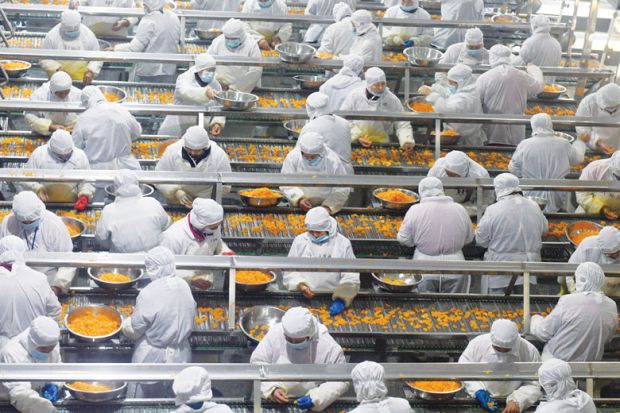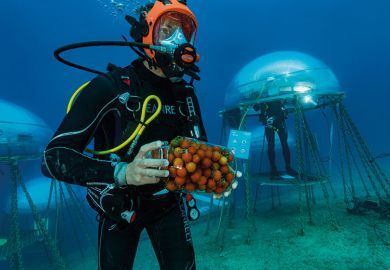The geography of food has only emerged as a distinct sub-field in the past two decades. The linked rise of a lopsided global food economy and noisy anti-globalisation movements forced aware geographers to switch from studying agriculture to focusing on food systems: their politics, structured inequities and nutritional consequences. Today, almost a billion people continue to suffer undernourishment, while tens of millions are clinically obese, sometimes in the same country. So geographers of food tend to take a critical stance, interrogating the causes of these alimentary ills, assessing new bottom-up alternatives and urging the need for change.
Geographies of Food furthers this politically edged agenda. Its authors wish to stimulate students’ geographical imaginations, exposing the spatial politics and economies of food’s production, transformation and consumption. In highlighted boxes across the text, other contributors summarise their own research and personal experiences: the aim is to “pull you into the book”. Other boxed-off sections suggest exercises to make readers ponder their own “food places” in this world. To Kneafsey and her co-writers, this potentially unsettling self-reflection is key. What’s needed today are not gormless gobblers but mindful food citizens.
The text discusses the shifting co-production of space, place and food, scaling up from the individual to the global. Throughout, the authors focus on sharp oppositions. Thus they assess agri-food commodity chains in the same chapter as urban agriculture; the ease of global food trading alongside the dangerous rigours of meat packing; the evils of mass hunger versus the questionable ethics of fair trade.
In the fourth, final part of the book they probe possible futures, weighing up the prospects for sustainability through agro-ecology or technoscience. The proponents of the first support digital activism and a decentralised food politics, the other side high-rise pig towers and vertical farms fed chemicals underground. (You can choose which sounds more dystopian.) But the underlying question remains: how do we feed the world without consuming it in the process?
The authors set themselves a hard task since they wish to be both stirring and even-handed. They skilfully draw out the moral dimensions of much of what they discuss, yet are ready to criticise the logic of lauding the local as an ethical good in itself. They dedicate pages to promising alternative food movements, but accept these can act as neoliberal vehicles in novel guises.
The advantages of co-authorship are clear. Four writers know more than one, and their range of experience is broad. The downsides are just as obvious. Literary style can shift from chapter to chapter, and some neologisms can jar. “Defetishising food chains” sounds like Nigella Lawson meets the Marquis de Sade. One sentence has an opening clause so long the subject does not appear until the 45th word.
The authors end their useful, informed text not with an emotional call to arms but with a coherent argument: individual responses, whether as activist consumers or citizens, are insufficient. Instead, they propound the need for collective action and write themselves into their own broader project. To effect social change, academics need to “co-produce” knowledge with non-academic partners. For geographers of food, the way forward is decolonised, collaborative activism.
Jeremy MacClancy is professor of anthropology at Oxford Brookes University, where his research focuses on the de- and repopulation of “empty Spain”.
Geographies of Food: An Introduction
By Moya Kneafsey, Damian Maye, Lewis Holloway and Michael K. Goodman
Bloomsbury Academic, 352pp, £90.00 and £28.99
ISBN 9780857854575 and 9780857854582
Published 11 February 2021
Register to continue
Why register?
- Registration is free and only takes a moment
- Once registered, you can read 3 articles a month
- Sign up for our newsletter
Subscribe
Or subscribe for unlimited access to:
- Unlimited access to news, views, insights & reviews
- Digital editions
- Digital access to THE’s university and college rankings analysis
Already registered or a current subscriber?








